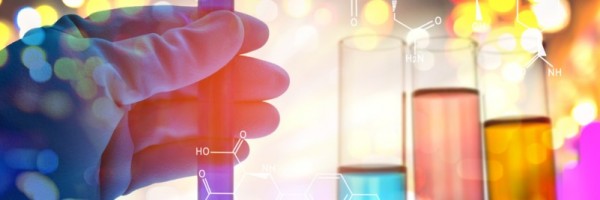Serious generation after completion of the compound, replenishment, metal ions entering the dye-bridge layer. The substances are toxic to living organisms, carcinogenic, mutagenic and also teratogenic. So it sounds like a way to remove these substances from water and resources. The further tightening of the limits still has additional resources that still have permanent access and forces that still exist. Of great interest because of access to water to gain and reap the benefits, enjoy sorption, but equal interest as sorbent carbon Therefore, as now they are newly able to extract as important, but also and further to gain access to services.
The main objective of the project was to determine the possibility of using peat, bentonite, synthetic and natural zeolites, bog iron as well as steel mill waste in relation to dyes and auxiliaries most commonly used in the dyeing of fabrics and textile products, and to determine the most effective and at the same time economical (by minimising sorbent treatment) conditions of the process. In addition, the sorption parameters were estimated, the Freundlich, Langmuir and Dubinin-Raduszkiewicz isotherms were determined, the sorption kinetics were determined and the effectiveness of selected materials in removing pollutants from real wastewater from two dyeing plants in the province of Łódź was determined.
Dye sorption studies were conducted at 3 different ratios of solid phase to solution (i.e. 1:50, 1: 100, 1: 200), in a wide range of initial concentrations (1-1000 mg / dm 3) and chromium ions in the ratio of solid phase to a 1: 100 solution and in the range of initial concentrations of 0.1-1000 mg / dm3. Based on the tests carried out, it was found that the best results were obtained at a solid phase to solution ratio of 1: 100. Peat and dust were the materials that removed the tested dyes most effectively. The dye RB-81 was removed 28.31-88.89% by peat and 28.28-88.89% by dust, while RR-198 was removed 29.49-85.44% and 32.33- 77.78% by peat and dust, respectively. The acid dyes ABk-1 and AR -18 were best bound by dust within the limits of 32.52-98.57% and 13.78-60.0%, respectively. The metal complex dye AB -193 was best removed by peat within 68.54-94.54%. Dust proved to be the most effective sorbent in removing chromium ions (Cr (III) -Cl with pH = 5.0 was removed in the maximum amount of 98.99 mg / g, which is 99.99%). On the other hand, bentonite was the best agent for removing dyes and COD organic pollutants from real wastewater.
Valuable and original research results were achieved in the project, which are important for the expansion of knowledge in the field of environmental technology, especially water treatment technology. The results obtained in the project are primarily scientific in nature, but can form the basis for the development of methods for using the tested sorbents as effective materials in the treatment of water and wastewater from dyes and accompanying excipients.




